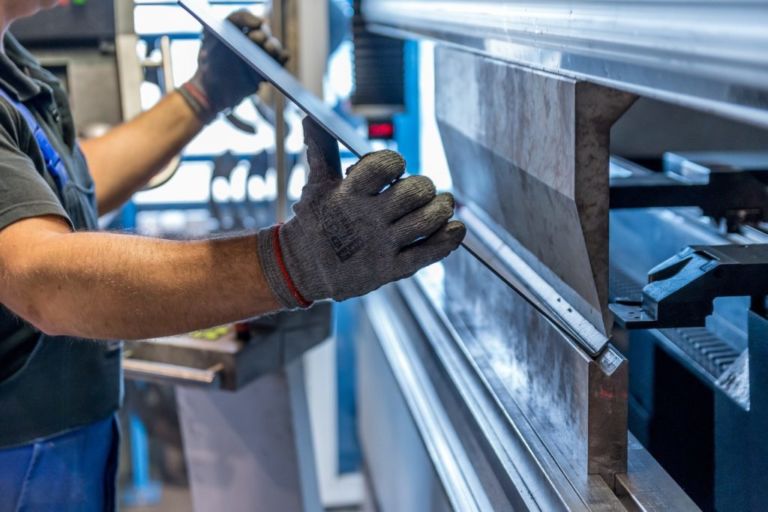Dominic Pino of National Review Online highlights a geographic shift in American manufacturing.
A recent Economist article looked into where new U.S. manufacturing investment is going. The answer: the South.
Contrary to the political narrative that manufacturing employment is in terminal decline, total U.S. employment in manufacturing has been increasing gradually since the end of the Great Recession. After an interruption due to Covid, manufacturing employment is roughly where it would have been had the trend continued. The Biden administration wants you to believe that it engineered a massive boom, but like its other “job creation” claims, it’s really more of a reversion to trend after the pandemic-induced crash.
The difference has been in location. There are now roughly the same number of southerners employed in manufacturing as there are midwesterners. The Economist points out that many of those “green” investments that Democrats have subsidized are going to red states. (It’s already true that the top four states by installed wind-power capacity are Texas, Iowa, Oklahoma, and Kansas.)
State governments in the South have been more proactive than midwestern states in ensuring that potential industrial sites are connected to public infrastructure and removing barriers to construction, the story says. …
… The South also has cheaper electricity, owing partly to some states’ continued reliance on coal. And as has been true for decades, southern states are right-to-work. The Economist adds that southern states are also attracting a better pool of labor, as they gain population relative to high-tax northern states. “Texas has attracted more new residents than any other state in recent years; Georgia, Tennessee and the Carolinas have also been magnets,” the story says.
This isn’t exclusively a free-market success story, of course. Some of these investments are subsidized by state governments. Some are being egged on by the climate provisions of the so-called Inflation Reduction Act. …
… But even given the government involvement, the shift of manufacturing away from its historic roots is nonetheless noteworthy.

